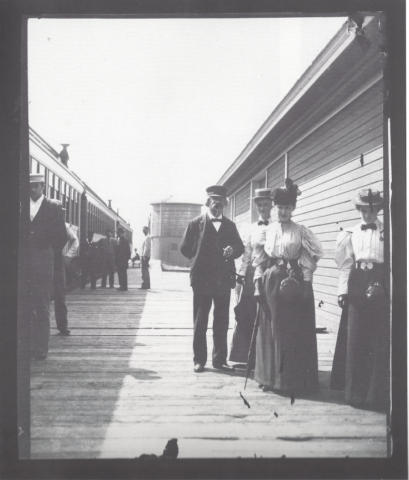Prior to settlement by Europeans or Americans, the area where the city now sits – at the forks of the Red River and Red Lake River – had been an important meeting and trading point for Native Americans. Early French explorers, fur trappers, and traders called the area Les Grandes Fourches meaning "The Grand Forks". By the 1740s, Les Grandes Fourches was an important trading post for French fur trappers. A U.S. post office was established on the site on June 15, 1870, and the name was changed to "Grand Forks". Alexander Griggs, a steamboat captain, is regarded as "The Father of Grand Forks". Griggs' steamboat froze in the Red River on a voyage in late 1870, forcing the captain and his crew to spend the winter camping at Grand Forks. Griggs platted the community in 1875 and Grand Forks was officially incorporated on February 22, 1881. The city quickly grew after the arrival of the Great Northern Railway in 1880 and the Northern Pacific Railway in 1887. In 1883, the University of North Dakota was established, six years before North Dakota was formally recognized as an independent state born from the Dakota Territory.
Leaving Grand Fork, North Dakota. July 30
Mark Twain Archive, Elmira College courtesy of Kevin Mac Donnell, Austin, Texas.
